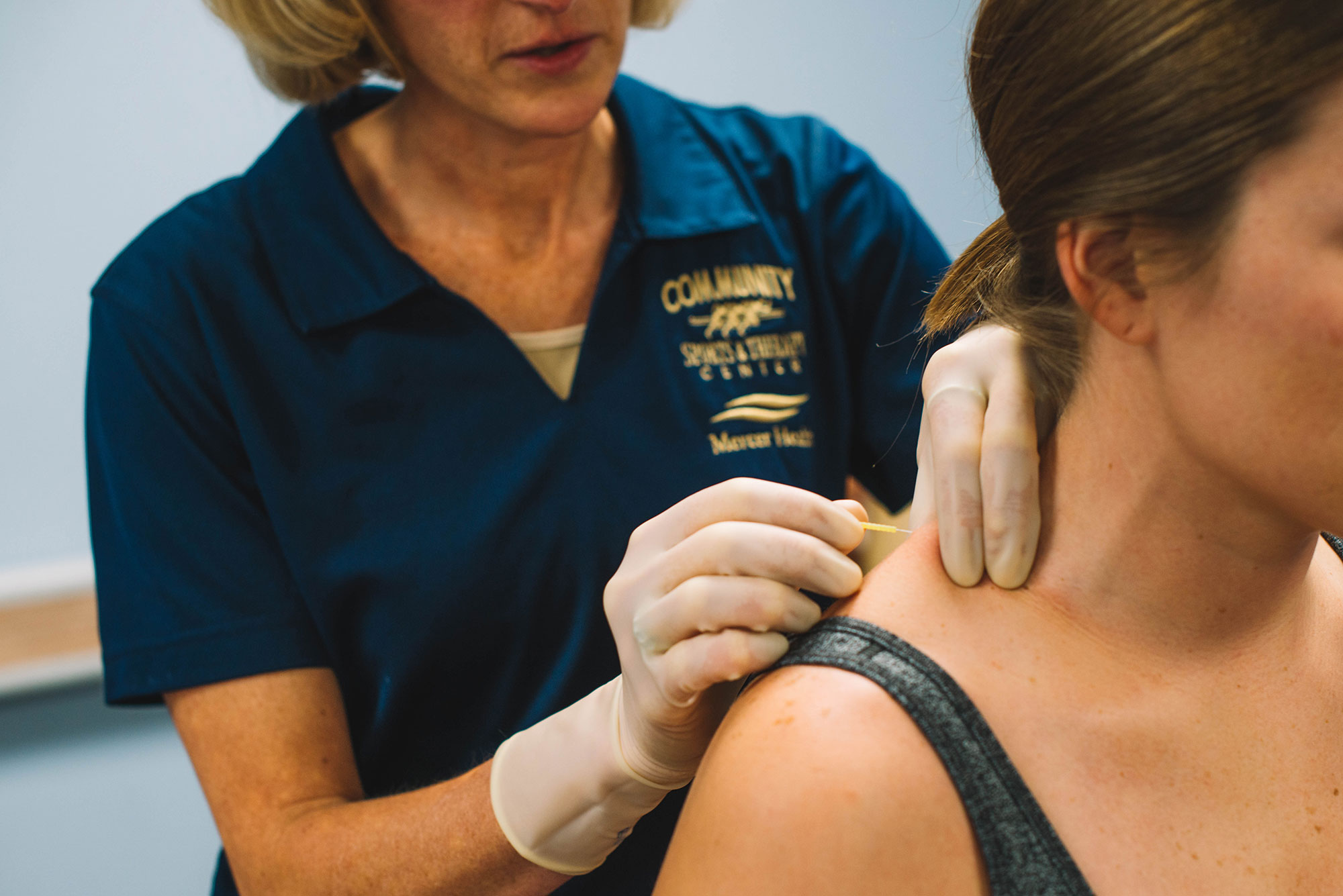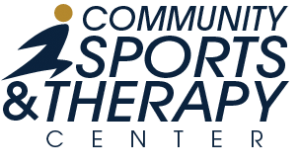

Dry needling is a very safe and relaxing process. In some cases, a needle being inserted into a trigger point muscle can create a slight ache, but there is no sharp or excessive pain, and indeed many patients do not feel the needles being inserted at all. The fine filament needle is very thin, and is pushed through the skin versus cutting the skin, which helps reduce discomfort. Your physical therapist will strive to make your experience comfortable and therapeutic.
How will I feel after dry needling?
This varies from person to person. Patients can experience decrease in symptoms, improvement in function, achiness, or soreness. The soreness, if present, may last 1-2 days. After a dry needling session, it may be that patients feel a little tired, but there are no lingering effects and most people are able to continue with their day (including athletic performance) as normal. It is uncommon, but possible that treatment might increase your symptoms. Inform your physical therapist so adjustments can be made to your treatment.
What conditions can be treated?
Dry needling is an effective treatment for many conditions of chronic pain with neuropathic origin with very few side effects. It is therefore a very effective means of addressing a wide range of acute and chronic conditions that cause pain or hinder mobility, and is suitable for treating multiple musculoskeletal dysfunctions, including, but not limited to:
- back pain
- neck pain
- hamstring problems
- migraines
- tension headaches
- muscular tightness
- ankle sprains
- shin splints
- shoulder pain
- scapular pain
- calf strains
- plantar fasciitis
- elbow tendonitis/tennis elbow
- bicep tendonitis
- achilles tendonitis
- various other forms of tendonitis
- multiples types of sporting injuries
- and much more!
